The Public Life of Sherlock Holmes: Western Noir – Hell on Wheels
Back in November of 2011, AMC debuted a gritty new western, Hell on Wheels. Anson Mount played Cullen Bohannon, a former Confederate soldier out for revenge against the Union soldiers who had killed his wife and son and burned his farm. His pursuit takes him to the camp of the Union Pacific Railroad, which is headed across the central plains under the leadership of Thomas Durrant (Colm Meany: O’Brien of Star Trek: The Next Generation fame).
While the series starts out as a revenge tale, Bohannon abandons that quest after he kills the wrong man and instead focuses on helping build the Transcontinental Railroad. The series becomes the story of the various employees and camp followers who move along as the laying of track progresses: the mobile community is ‘Hell on wheels.’
I’m writing about this series, which wrapped up weekend before last, because it is a Western Noir: And a darn good one. I had never seen Mount in anything before, but I’m telling you, he was made for this part. He’s the protagonist, but he’s not a white-hatted cowboy. Roy Rogers need not apply. He develops his own code of honor as the series progresses, but he’s a ‘get it done guy’ who rises from swinging a pick to the most important person in the Transcontinental’s story. And as he demonstrates many times, he isn’t afraid to use a gun.


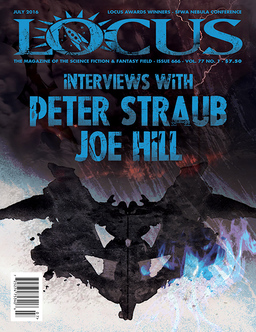
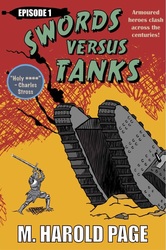
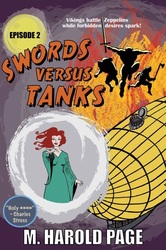
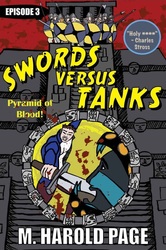
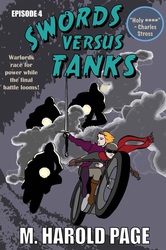
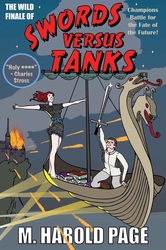
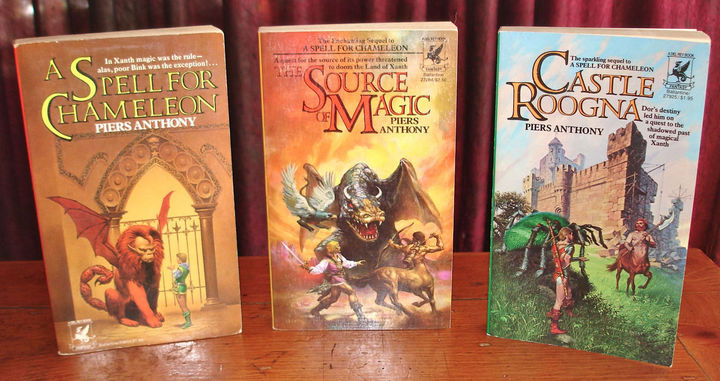
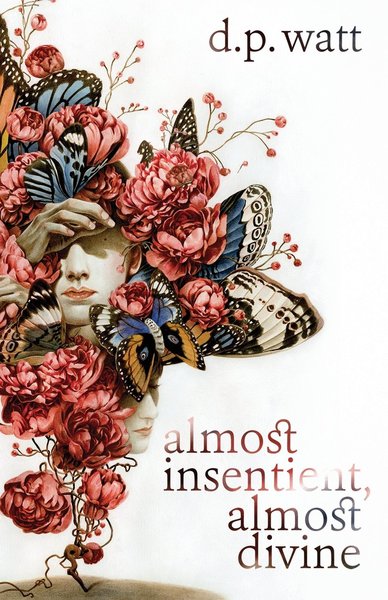
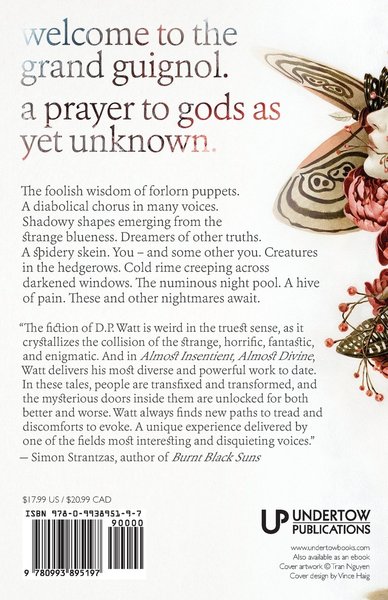
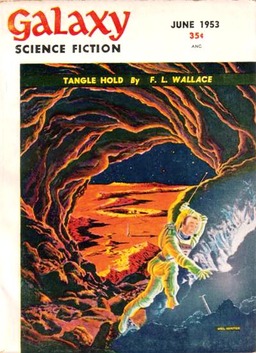
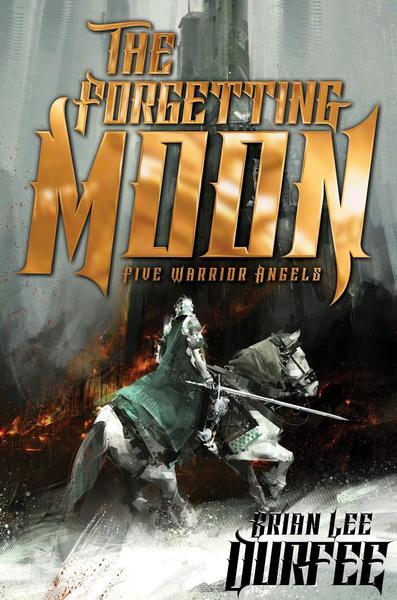
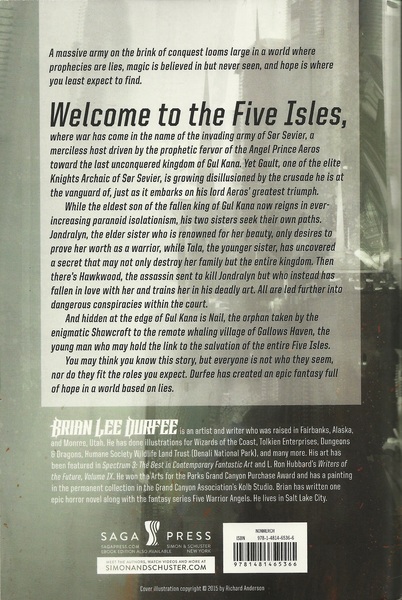
 Last time I was talking about the idea of there being a time to railroad. In other words, that there’s a time when the supporting technology, or maybe just the zeitgeist, allows for a concept or invention to finally flourish. The railroad itself is the ultimate example of this idea technologically, and you can look at
Last time I was talking about the idea of there being a time to railroad. In other words, that there’s a time when the supporting technology, or maybe just the zeitgeist, allows for a concept or invention to finally flourish. The railroad itself is the ultimate example of this idea technologically, and you can look at